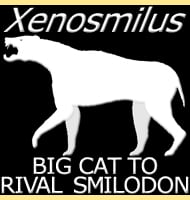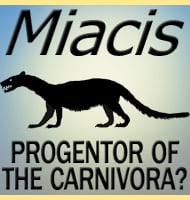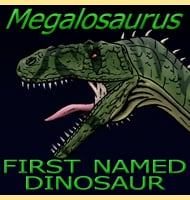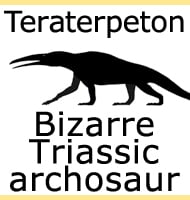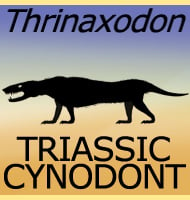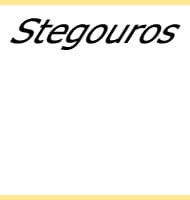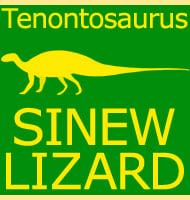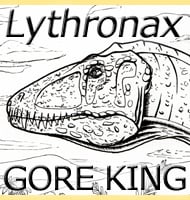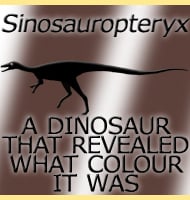In Depth
The Euryapteryx genus of moa can be a bit confusing since it is actually known by three more common names, all of which reveal a little about this genus.
The first name is the Coastal Moa, so named because of the abundant remains of this genus in coastal locations, though this is not to say that Euryapteryx never ventured further inland as some other moa genera are known from both inland and coastal locations.
Euryapteryx is also known as the Broad Billed Moa because of the width of the bill.
This may have been a response to feeding upon certain plants where a broad bill was better for cropping, and may indicate that in life Euryapteryx were not particularly selective browsers.
Finally, the name Stout Legged (sometimes spelled as just one word) Moa is a reference to the robust build of the legs.
Like with other moa, female Euryapteryx were much larger than males, as much as twice as large.
This is called reverse dimorphism since males are usually larger than females, though animal species where females are larger than males are not unknown, particularly within the ratite birds which the moa belong to.
The southern populations of Euryapteryx also seem to have grown slightly larger than those in the north, perhaps as a response to differing environmental conditions.
At the time of writing there is only one species of Euryapteryx recognised as valid.
This is because of a 2012 DNA study which discovered that the species E. gravis was actually synonymous with the type species E. curtus.
Care should be taken not to confuse the moa genus Euryapteryx with Eurypterus, a genus of sea scorpion from the Silurian period.
Further reading
- - The evolutionary history of the extinct ratite moa and New Zealand Neogene paleogeography - Proceedings of the National Academy of Sciences 106 (49): 20646 - M. Bunce, T. H. Worthy, M. J. Phillips, R. N. Holdaway, E. Willerslev, J. Haile, B. Shapiro, R. P. Scofield, A. Drummond, P. J. J. Kamp & A. Cooper - 2009.
- - Twenty-first century advances in knowledge of the biology of moa (Aves: Dinornithiformes): A new morphological analysis and moa diagnoses revised - New Zealand Journal of Zoology 39 (2): 87 - T. H. Worthy & R. P. Scofield - 2012.

